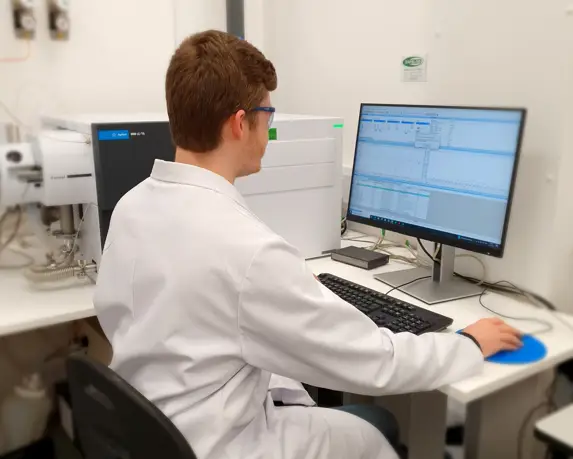The formation of nitrosamines in pharmaceuticals has been at the forefront of the industry for some years. Their presence in some pharmaceutical products, such as the API ranitidine, sparked a concerted effort by the industry, the US Food and Drug Administration (FDA) and the European Medicines Agency (EMA) regulatory authorities to investigate, risk assess and evaluate all products.
It began with the more commonly known nitrosamines, such as N-Nitroso-dimethylamine (NDMA), which is known to be present in food and natural rubbers. The list of nitrosamines recommended to be analysed by the regulators grew as the chemistry became more understood and relatable to pharmaceutical products. Nitrosamines can potentially be introduced into pharmaceutical products through contamination during processing- for example, by using equipment that has not been adequately cleaned or through exposure to environmental sources of nitrosamines. Factors such as the presence of catalysts or the impact of temperature and pH, allowed risk assessments to be more targeted to the nitrosamines that were more likely to be present- as opposed to some overall screening or attempting to target all nitrosamines.
Nitrosamine presence has varied from product to product, with changes to the likes of packaging and excipients have settled the nerves of the industry regarding detecting the commonly known nitrosamines, such as NDMA, in their product.

The most recent impetus regarding nitrosamines is related to Active Pharmaceutical Ingredients (APIs). API-related nitrosamines are those where the API, or degradants, react to include the nitroso moiety. The observation has been that their presence is quite common. This may very well be due to the incredibly low thresholds applied to them by the regulators. If no toxicological data is available, the applied limit (AI) set is 18 ng/day. When associated with the maximum daily dose of your product, the analytical detection level can fall into the parts per trillion (ppt).
The analytical chemist will utilise mass spectrometry, specifically for its ability to achieve these daunting detection limits. There will likely be a focus on Liquid Chromatography-Mass Spectrometry (LC-MS), combining the chromatographical benefits of separating constituents in a mixture on an analytical column, with mass ion detection. There are more benefits using these hybrid instruments. MS can provide a high degree of specificity, even if the nitrosamine in the sample hasn’t been fully separated by either sample workup or the LC column.
However, there is always a challenge to extract and recover these API-related nitrosamines, while developing and optimising a robust analytical method. The structural similarities between the API and its related nitrosamine will need expertise in analytical column chemistry. The analytical chemist will also need to know the physical and chemical properties of the API to ensure the nitrosamines can be sufficiently separated from API, and those excipients that can inhibit the necessary ionisation in the mass spectrometer.

API-related nitrosamines are present, not necessarily at high concentrations, but present, nonetheless. Their concentrations need to be quantified, possibly routinely tested, and investigated as to why the nitrosamines may be present. Additionally, the regulators request that the analytical methods developed can detect these nitrosamines at 10% of the calculated thresholds, demanding even more from the method developer.
We will continue to face the analytical challenges when targeting these nitrosamines, especially in combination with the low applied limit and variety of formulations in medicinal products.
Staying informed about nitrosamine impurities and their continuing presence within the pharmaceutical industry is key to ensuring that you are keeping on top of the latest methods and routine testing. Our pharmaceutical contamination and impurities team have extensive experience in detecting nitrosamines and developing and validating analytical methods bespoke to your situation.
Visit our nitrosamines page for more information on the support we can offer for your products.